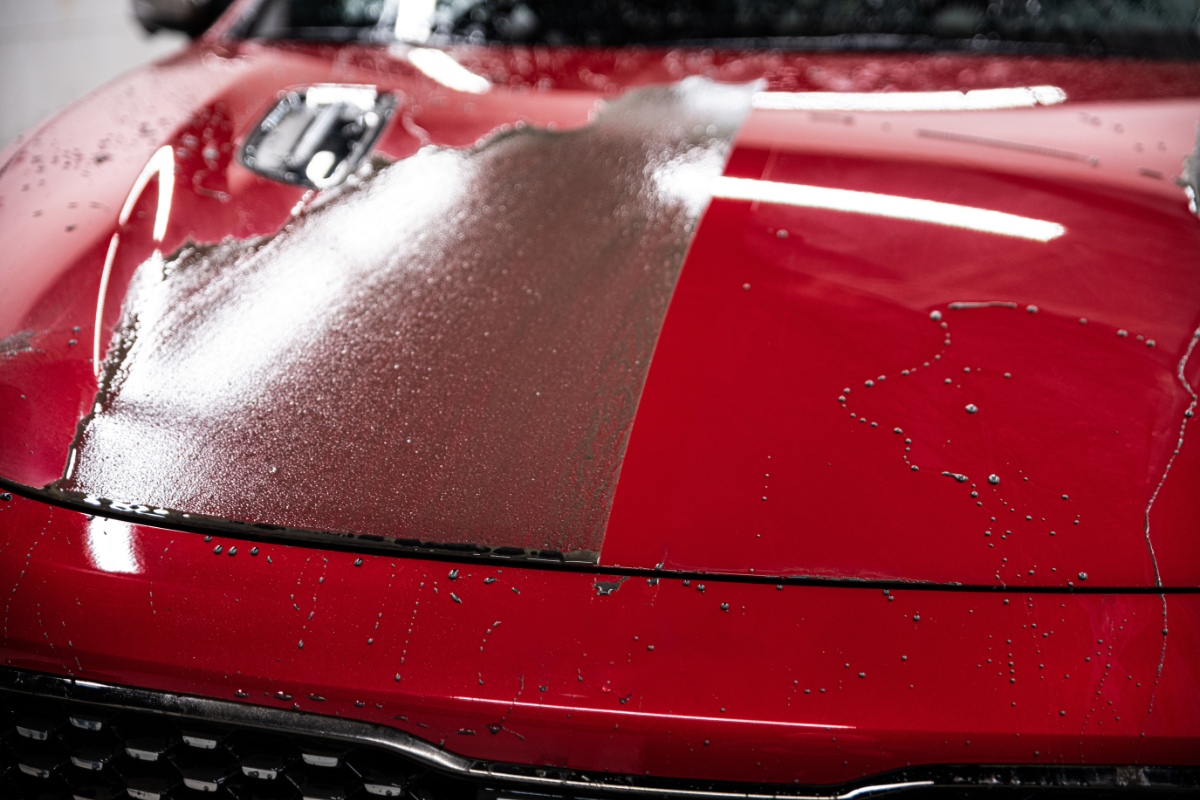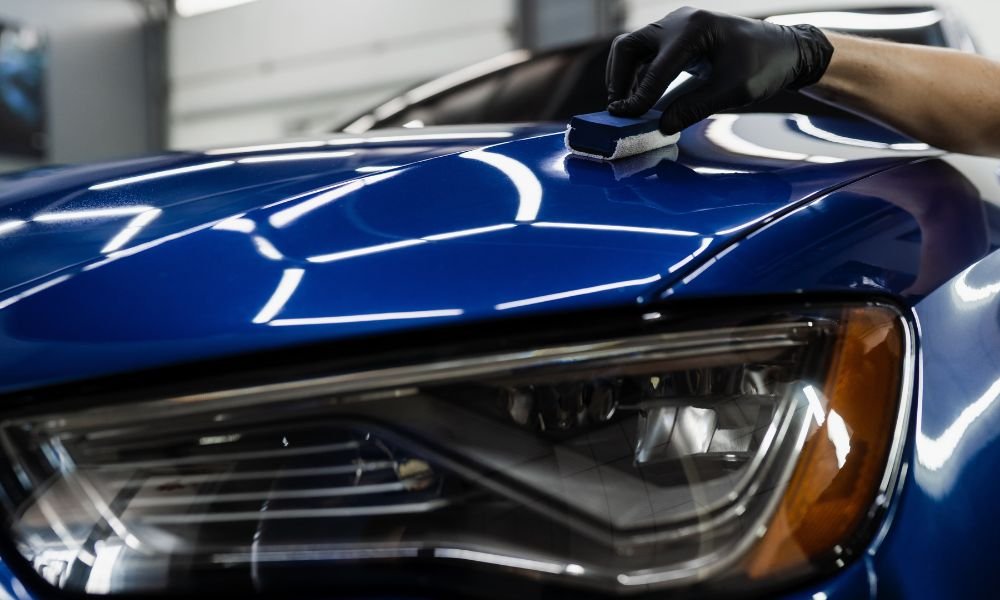A Comprehensive Overview to the Kinds of Ceramic Layer on the Market
Ceramic layers have become an essential solution across different sectors due to their distinct buildings and applications. From silica-based formulations understood for their toughness to crossbreed options that merge several advantages, the choices offered can be overwhelming. Comprehending the subtleties of each kind, including their particular benefits and ideal use cases, is essential for making notified choices. As we discover the unique features and applications of these finishings, the effects for performance and longevity come to be progressively evident, questioning about which type may ideal match your demands.
Comprehending Ceramic Coatings
Ceramic finishes are sophisticated safety solutions that have gained popularity in different markets, especially in automobile and aerospace applications. These finishings include a fluid polymer that, when healed, creates a sturdy, hydrophobic layer on the surface area of the substratum. This layer gives boosted resistance to environmental pollutants, UV radiation, and chemical exposure, thereby prolonging the life and aesthetic appeal of the underlying product.
The basic element of ceramic coatings is silica, which adds to their firmness and toughness. The application process normally involves surface preparation, application of the layer, and healing, which can be attained through heat or UV light. Once treated, ceramic finishes exhibit exceptional bonding buildings, allowing them to adhere highly to a variety of surfaces, consisting of metals, plastics, and glass.
In addition to their safety features, ceramic finishings additionally supply ease of maintenance. Their hydrophobic nature decreases the adherence of dust and grime, making cleaning simpler and much less regular. On the whole, the adoption of ceramic finishings stands for a significant innovation in surface defense modern technology, offering both practical and visual benefits throughout multiple fields.
Sorts Of Ceramic Coatings
Various kinds of ceramic coverings are available, each created to fulfill details efficiency needs and applications - Car Detailing. One of the most typical types include:
Silica-based Coatings: These layers mainly contain silicon dioxide and are known for their toughness and chemical resistance. They are widely used in automotive and industrial applications.
Titanium Dioxide Coatings: Distinguished for their photocatalytic buildings, titanium dioxide coverings are usually applied in settings where self-cleaning and antifungal properties are preferable, such as in structure materials and vehicle surfaces.
Zirconia Coatings: Characterized by their high-temperature stability and thermal resistance, zirconia layers are utilized in applications such as turbine engines and high-performance automotive parts.
Alumina Coatings: Displaying outstanding hardness and thermal stability, alumina coverings are regularly utilized in wear-resistant applications, including cutting devices and industrial equipment. - Car Detailing
Hybrid Coatings: Incorporating the buildings of numerous materials, hybrid finishes provide boosted efficiency qualities, making them suitable for special and demanding applications.
Each kind of ceramic coating offers distinct objectives, allowing customers to choose the most ideal option based on particular environmental conditions and efficiency needs.
Benefits of Ceramic Coatings
Coatings play an important duty in enhancing the performance and longevity of surfaces across numerous industries. Ceramic layers, specifically, offer various benefits that make them significantly preferred among makers and customers alike. Among the key advantages is their exceptional toughness. These coatings are immune to scratches, chemicals, and UV rays, making certain that the underlying surface stays safeguarded over time.
In enhancement to durability, ceramic coatings provide outstanding hydrophobic residential or commercial properties, enabling simple cleansing and upkeep. This water-repellent nature decreases the adherence of dust, crud, and various other impurities, which can extend the aesthetic appeal and capability of the surface. Ceramic finishes can considerably boost thermal resistance, making them ideal for applications that endure high temperature levels.

Application Process
When using ceramic finishes, a careful approach is vital to attain optimum results. A tidy surface area guarantees correct attachment of the finish.
As soon as the surface area is prepped, the next Look At This action is to apply the ceramic finishing. This can be done making use of an applicator pad or a microfiber cloth, making sure even insurance coverage. It is critical to operate in little areas to maintain control and stop early curing. The basics covering should be applied in thin layers, as thicker applications can cause uneven coatings.
After application, the finishing needs a certain treating time, commonly varying from a few hours to a full day, depending upon the item. During this time, it is important to avoid exposure to moisture or impurities. Finally, a gentle buffing may be necessary after curing to enhance the gloss and eliminate any type of high areas. Following these actions vigilantly will make best use of the performance and long life of the ceramic layer, giving a durable protective layer for the surface area.
Maintenance and Longevity
To make sure the durability and efficiency of a ceramic coating, routine upkeep is important. Ceramic finishes, known for their resilience and protective qualities, require specific treatment regimens to maximize their lifespan and performance.
In enhancement to regular cleaning, routine inspections are critical. Look for signs of wear or damages, such as hydrophobic properties diminishing or surface flaws. If needed, a light gloss may be applied to invigorate the finish without removing it away.
In addition, the application of a booster spray can improve the layer's hydrophobic effects and restore its gloss. This is particularly useful for layers that have actually remained in usage for an extended period. Ultimately, by sticking to these upkeep practices, one can significantly extend the life of a ceramic coating, making sure that it continues to offer optimal protection versus ecological factors and maintain the visual charm read of the automobile.
Conclusion
